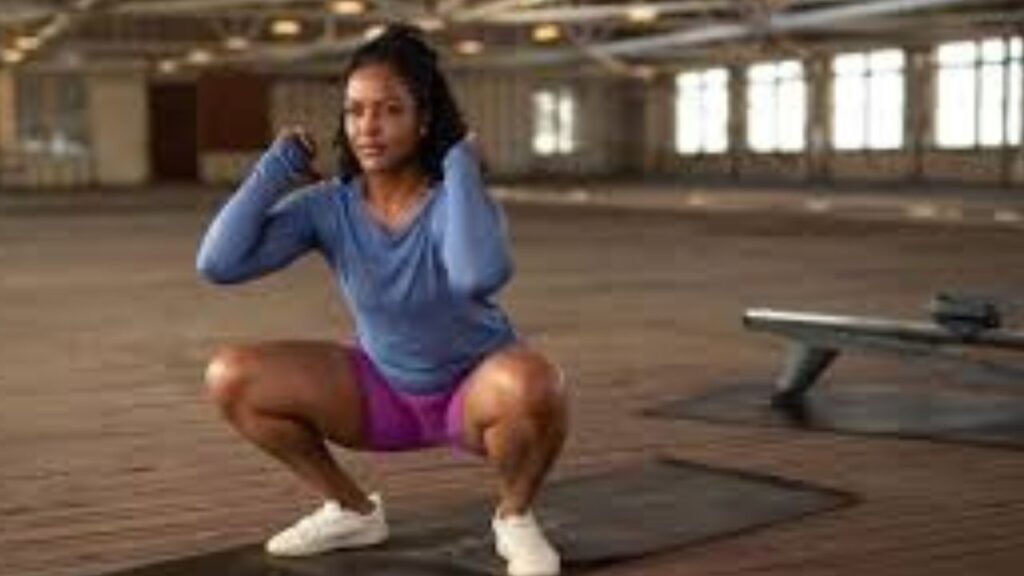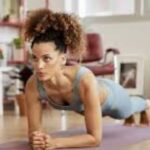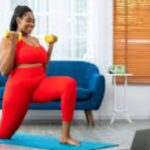Exercise and Health: Holistic health and fitness
- This briefing note distils key themes and practical tips from two health and fitness sources “Walk Yourself Healthy! – a YouTube Fitness Show | Episode 5 | Walk at Home” and a section on resistance with bands and a few tips on eating and getting sleep. The message I consistently gather from these sources is a well-rounded fitness philosophy: consistency and form while acknowledging the interrelation among exercise, mind health and lifestyle.
- “Walk Yourself Healthy!” Accessible Cardiovascular Fitness
The “Walk Yourself Healthy!” In this episode of YouTube, A low-impact, easy-paced way to do cardio, just walking and walking-adjacent activities.
Key Themes and Practical Information:
Accessibility and inclusivity: This is a workout for people of all levels. The conclusion: “If you can walk, you can do this whole programme.” Modifications are common, and you can do push-ups on the knees, or even standing, and the move intensity can also be modified. The programme deliberately invites new and old players into the fold: “If this is your first time, welcome and if you’ve been walking with us for years, welcome back”.
The four Core Moves (and variations): The central workout is based on the following four Core Moves, which are then expanded to include variations:
Stride: The foundation movement that all transitions and recovery are built around. “If you guys get lost, this is where you’ll find us.”
Side Step: Emphasises inner and outer thigh engagement.
Kick: Works the lower half of the body with a focus on coordination and balance. “Every time we come up on that one foot, we are coordinating, we’re balancing we are we are AB strengthening”.
Bring Knee into Chest: Core and lower body.
Workout Set Up: The workout is structured (this episode certainly is):
Warm-up: Focus on getting prepared to “optimise blood flow to the body and kind of just wakes us up a little bit”. This is being continued to build up for something more intense.
Main Workout (Increasing the Intensity): Brisk walk, bigger side steps, mini squats (for “a good quad activation”), kickbacks/hamstring curls and arm movements (reach and push, open and close). The instructor says to the class, “ tThatnee up a little more for me, it makes me so happy “.
Cool-down: The focus is on bringing the heart rate down “slowly and safely” with easy movement, deep breathing and gentle stretching.
Stretch (After): An important last step of stretching the large muscle groups (hip flexors, hamstrings, calves, shoulders).
Focus on Form and Mind Muscle Connection: Instructor talks through the entire workout, reminding you to stay tight through your core, keep your chest up and keep a “mind muscle connection” at all times.
Positive & Encouraging Tone: The teacher uses encouraging words (“You got this,” “You guys are crushing this workout,” “I’m so proud of you guys,),mphasises why stability is so important: “it’s all about consistency”. There is the motivation, likewise employed, of a “future self” thanking them.
Calorie Burning: The workout is very straightforward; we are going to burn those calories: we are burning so many calories, that’s what it’s all about, baby.”
- BAND RIT Workout: Strength and Balance
The next source starts with basic work with resistance bands, illustrating how readily available tools can help to train specific muscles for both strength and stability.
Key Themes and Practical Information:
Resistance Workout: At first @home,, this is what he says: “This isa 21-minuten workout, in what I call ‘structure”, 30 sec on, 15 seconds rest/transition 8 exercises later takes you there, a little breather, we’re going through it three times”. The first round is “feeling it out, feeling the body moving”.
Band Versatility and modification: Bands are described as if they are so versatile to be able to also be adjustable for resistance (“you can choke up a little bit on them add some more resistance). Exercises can also be regressed to meet personal needs (for example, “you can also go just feet,” “hands can be underneath your glutes” for dead bugs).
Targeted Muscle Groups and Benefits Row: The “posterior chain,” improving “posture, movement, stability.” The motion is to “squeeze those shoulder blades together”.
Glute Bridge: Strengthens the “glute Max,” also known to “take the pressure off of the lower back.”
Dead Bug: Build “crossbody connection” and develop the “lower back” and abs.
Push-ups/Band-Press: Hits chest and shoulders. He has the proper form on display: “hips are nice and strong, the shoulder blades are coming back”.
Plank: Strengthen “shoulders as well” and stability “core by belly button towards the spine”. Follow along here: Curtsy Lunge: Plank. Your options for planking are high plank, forearm plank, or on the knees.
Mind-Body Connection, Personal Motivation: As in the walking workout, the instructor focuses on mind/body connection and personal motivation:—” Why are you here? Who are you here for? yourself, your family.” And this is the mind of fitness.
- Holistic Well-being: Sleep’s Crucial Role
A small but important point about holistic health is raised that relates to mid-day fatigue drop.
Key Theme and Practical Information:
Sleeping in as a basic form: Recommendation number one for eliminating energy crashes in the afternoon is “sleeping enough”.
Seven Hours as the Magic Number: According to science, “I think the breakover point of not enough sleep and too much sleep is 7 hours. Dropping below this average is associated with ‘creating a Cascade of potential negative health effects.”
Conclusion
The holistic and progressive view of fitness is painted from the combined information provided by these sources. It’s a reminder that whether you’re walking tasks or lifting weights, or maintaining form and allowing recovery, we are not just talking strength and calories burned, but the posture and structure of fueling the machine that is your body and its mental health. Theself-drivene focus and accessibility to changes democratize fitness,, and it’syoursr for the taking.



